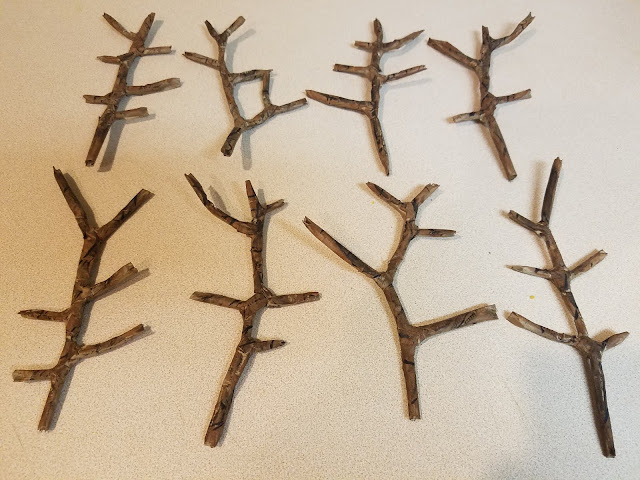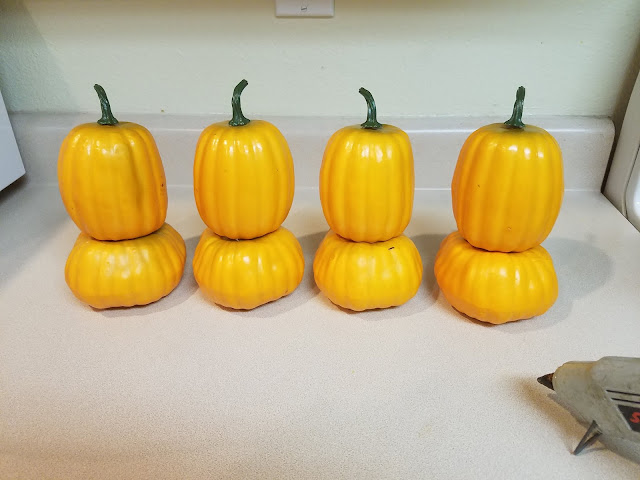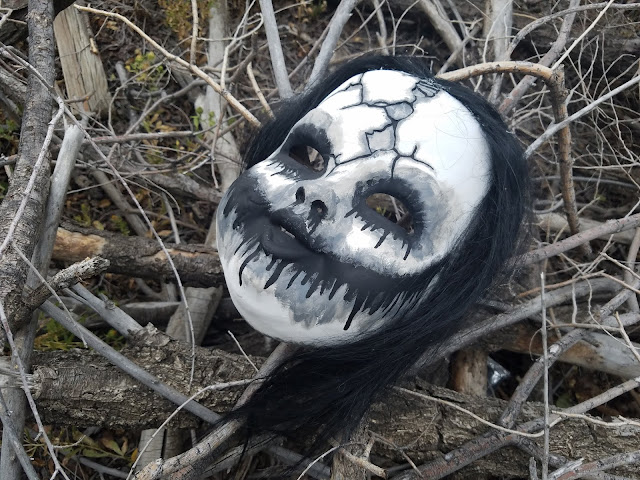Works Referenced
Florescu, Radu and Raymond McNally. Dracula, Prince of Many Faces: His Life and His Times. New York: Hachette Book Group, 1989.
Litwack, Leon. “Hellhounds.” Without Sanctuary: Lynching Photography in America. Ed. James Allen. Santa Fe, NM: Twin Palms Publishers, 2008. 8-37.
Malory, Thomas. Le Morte d’Arthur. 1485. New York: Barnes and Noble, 2015.
Rediker, Marcus. Villains of all Nations: Atlantic Pirates in the Golden Age. Boston: Beacon Press, 2004.
Tarlow, Sarah. The Golden and Ghoulish Age of the Gibbet in Britain. Basingstoke: Palgrave Macmillan, 2017.
____________________
[1] Malory, 218-220.
[2] Rediker, 164.
[3] Tarlow, 20-23.
[4] Rediker, 164.
[5] Litwack, 13-15.
[6] Florescu and McNally, 148.





























